Vegetables are true nutritional powerhouses—vibrant, versatile, and packed with health-boosting compounds that can transform your well-being one bite at a time. Whether you’re tossing them into a smoothie, roasting them for dinner, or layering them into your lunch, adding more veggies to your plate is one of the simplest and most effective ways to support your body’s health.
Rich in essential vitamins, minerals, antioxidants, and fiber, vegetables play a crucial role in everything from immune defense and heart health to digestion and energy levels. Incorporating a wide variety of vegetables into your daily routine doesn’t just help you meet your nutritional needs—it also adds color, flavor, and texture to your meals.
And with so many delicious options to choose from, eating healthy never has to feel like a chore. Ready to supercharge your diet and feel your best? These 25 incredibly nutritious vegetables deliver major health benefits and deserve a permanent place in your kitchen. Let’s dig in.
1. Spinach: The Iron-Rich Green Giant
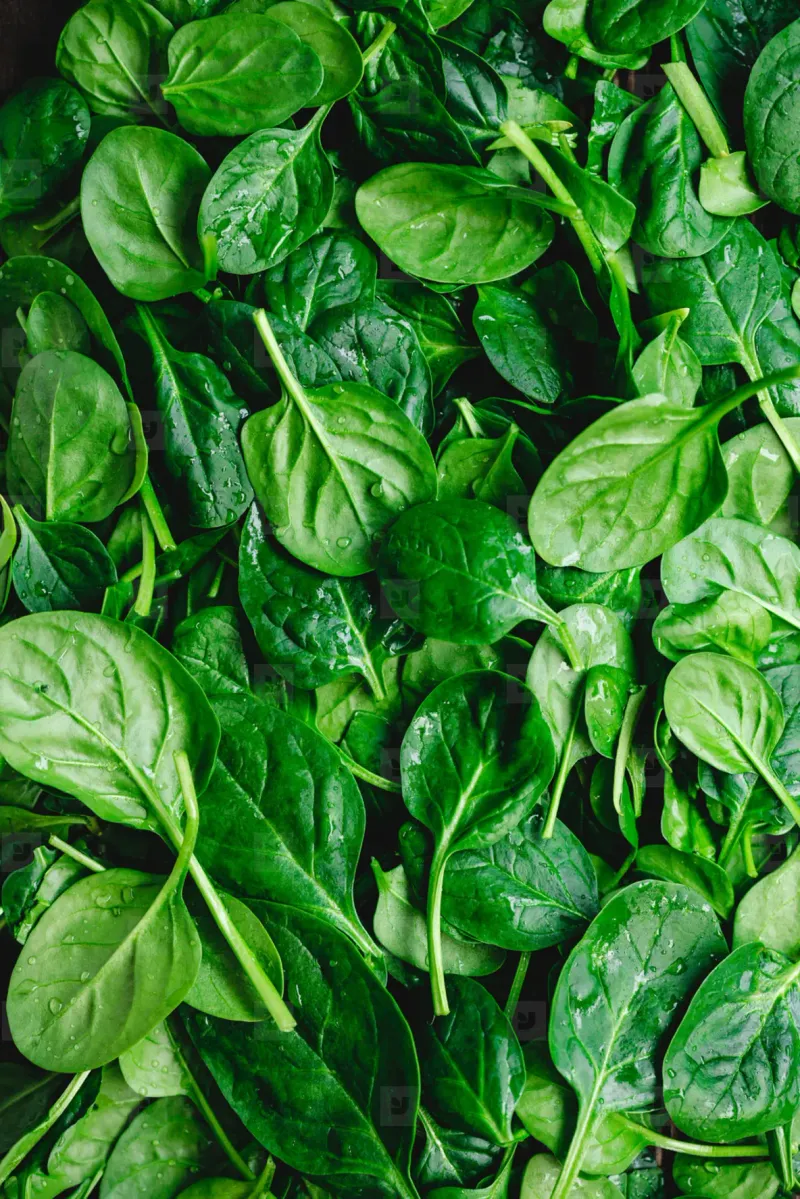
Popeye wasn’t wrong about this leafy wonder! Spinach packs an incredible amount of nutrients into its delicate leaves. One cup delivers iron, vitamins A and K, and folate.
Raw spinach adds a fresh crunch to salads, while cooking it unlocks more of its iron content. The mild flavor makes it perfect for smoothies too – you’ll barely taste it mixed with fruits.
Fun fact: Spinach leaves contain oxalic acid that creates a slightly fuzzy feeling on your teeth when you eat it raw.
2. Broccoli: The Cancer-Fighting Crucifer
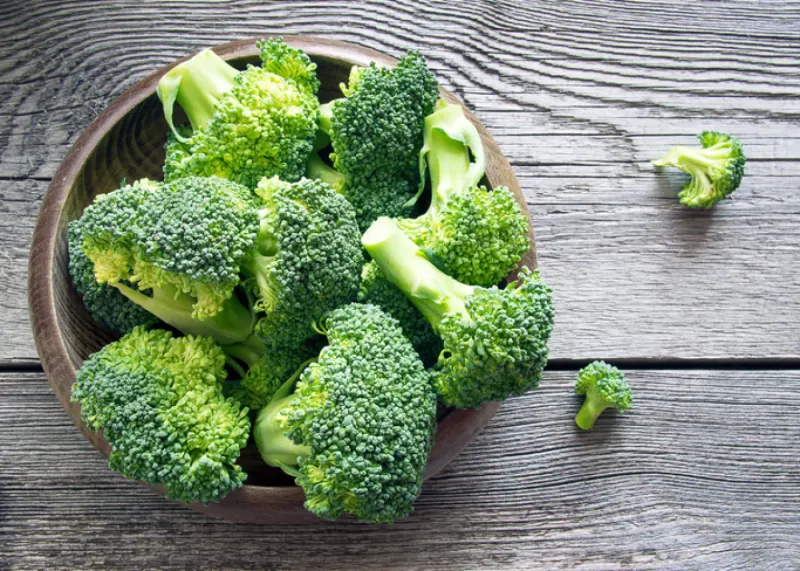
Nicknamed ‘little trees’ by kids everywhere, broccoli stands tall in the nutrition world. This green veggie contains sulforaphane, a compound that may help fight certain cancers and reduce inflammation.
Steam it lightly to preserve its bright color and nutrients – overcooking destroys both! Try roasting broccoli with a little olive oil and garlic for a crispy, delicious side dish that even veggie-skeptics might enjoy.
Ancient Romans prized broccoli for its health benefits, considering it one of their most valuable crops.
3. Sweet Potatoes: Nature’s Candy
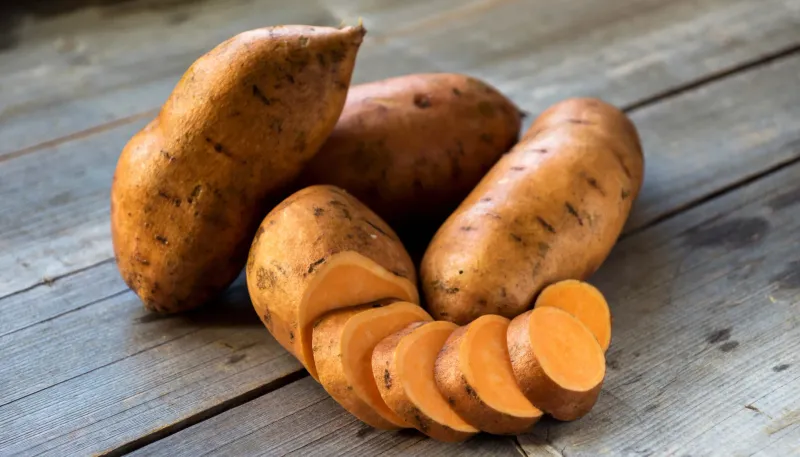
Orange-fleshed sweet potatoes bring natural sweetness and a massive vitamin A boost to your plate. Just one medium sweet potato provides over 400% of your daily vitamin A needs, supporting healthy vision and immune function.
Unlike regular potatoes, these can be enjoyed with the skin on for extra fiber. Bake them whole, slice them into fries, or mash them as a healthier alternative to regular potatoes.
Sweet potatoes were cultivated by ancient civilizations in Peru and Central America over 5,000 years ago!
4. Kale: The Trendy Superfood That Lives Up to the Hype
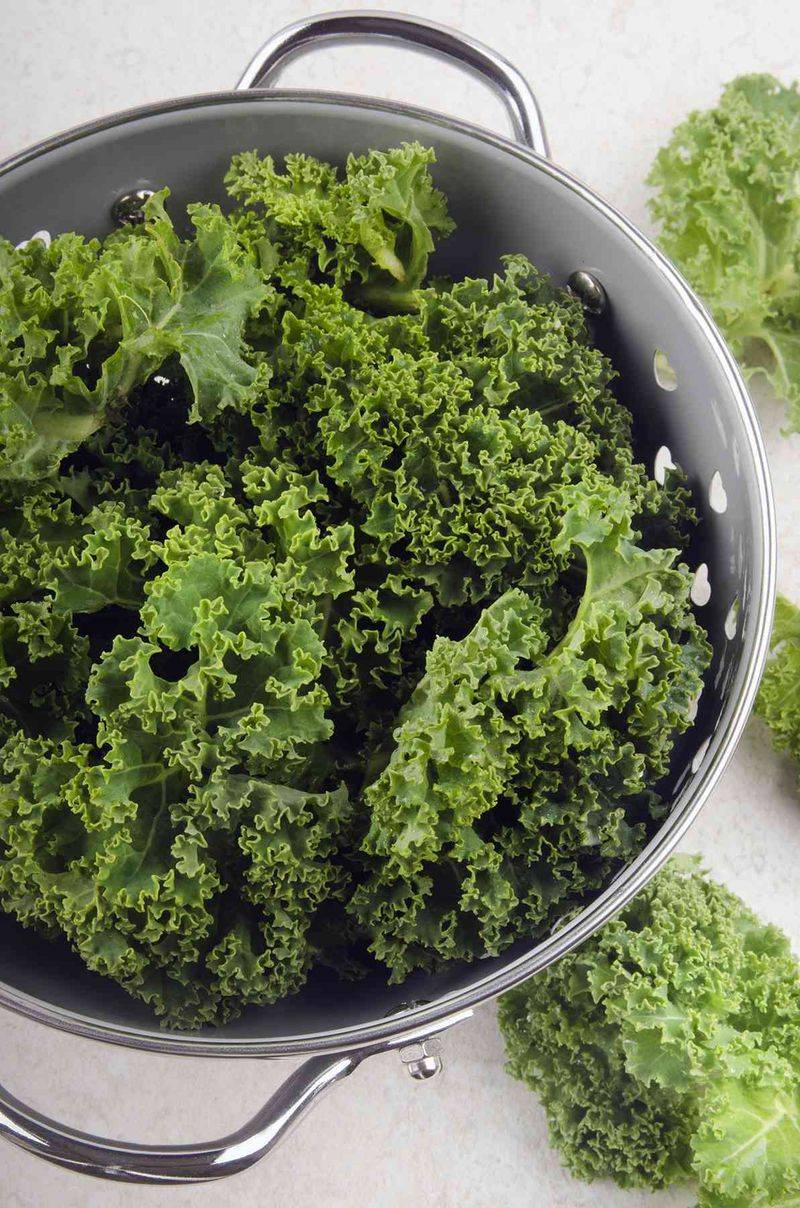
Kale’s popularity explosion isn’t just a food trend – it’s genuinely one of the most nutrient-dense foods on the planet. Each curly leaf delivers vitamins A, K, C, and B6, plus manganese, calcium, and potassium.
Remove the tough stems before eating raw in salads. For an easy snack, bake kale leaves with a light coating of olive oil and salt to make crispy chips that satisfy crunchy cravings.
Massage raw kale with a bit of olive oil and lemon juice to break down its tough fibers and make it more tender and easier to digest.
5. Peas: Tiny Green Protein Powerhouses
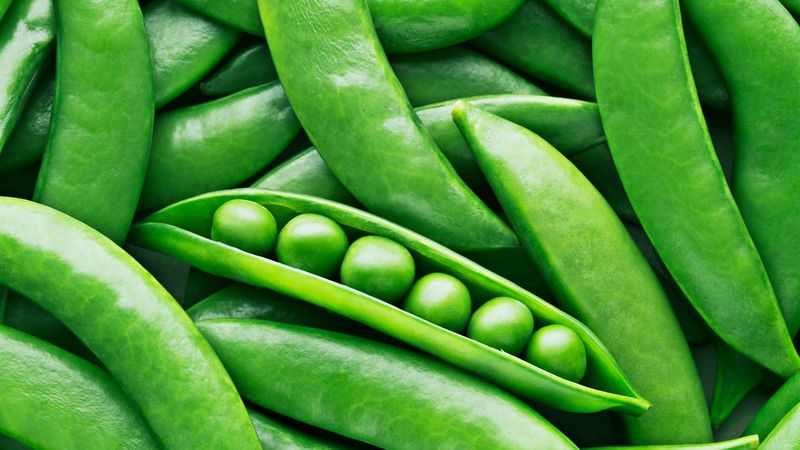
These small green spheres pack a surprising protein punch! Peas contain about 8 grams of protein per cup, making them one of the most protein-rich vegetables available. They also provide fiber, vitamins A, C, K, and several B vitamins.
Fresh peas have a sweet flavor that frozen ones can’t match. Enjoy them raw as a snack, lightly steamed as a side dish, or blended into soups and dips for added nutrition.
Peas grow inside pods that hang from climbing vines, with each pod containing several peas – like little green pearls in a natural jewelry box!
6. Swiss Chard: The Colorful Leaf Powerhouse
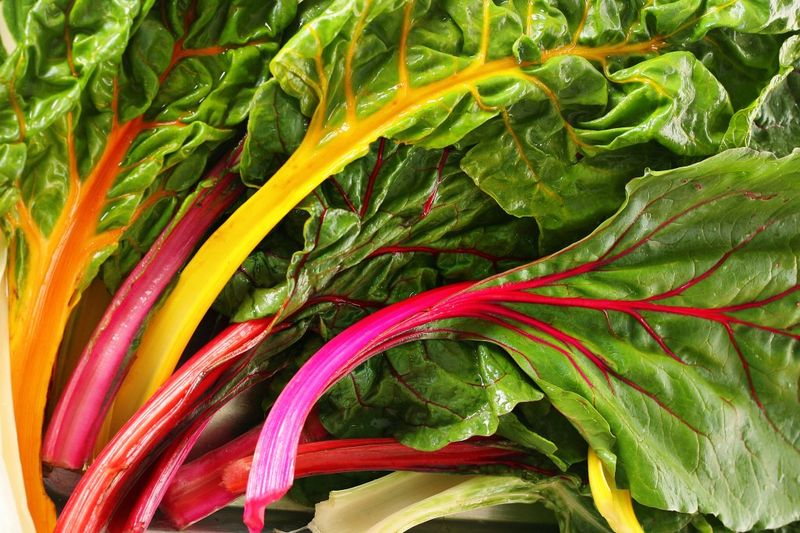
Rainbow Swiss chard brings vibrant color and serious nutrition to your plate. The stems come in stunning shades of red, yellow, orange, and pink, while the dark green leaves are packed with vitamins A, C, and K.
Both the stems and leaves are edible, though stems need a bit more cooking time. Sauté with garlic and olive oil for a simple side dish, or add the chopped leaves to soups and stews for an instant nutrition boost.
Swiss chard isn’t actually from Switzerland! Despite its name, this vegetable originated in the Mediterranean region.
7. Red Cabbage: The Purple Brain Booster
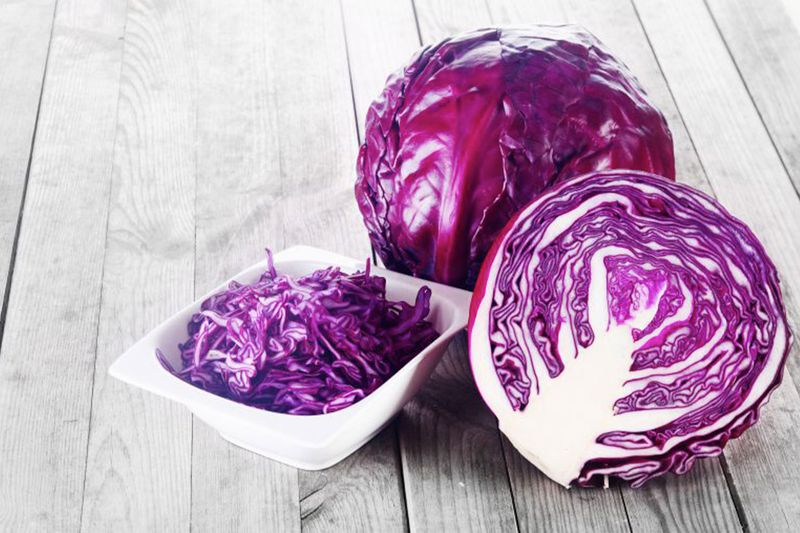
The vibrant purple hue of red cabbage comes from anthocyanins – powerful antioxidants that may protect brain health and memory. This crunchy veggie also delivers vitamin C, vitamin K, and gut-friendly fiber.
Raw red cabbage adds beautiful color and crunch to slaws and salads. When cooked, its flavor mellows and sweetens. Try braising it with apples and a touch of vinegar for a traditional side dish with a sweet-tart flavor.
Red cabbage acts as a natural pH indicator – it turns reddish in acidic environments and bluish in alkaline ones!
8. Watercress: The Peppery Nutrient Bomb

Ancient Greeks and Romans considered watercress a symbol of strength, and modern nutrition science agrees! These delicate leaves contain more vitamin C than oranges, more calcium than milk, and more iron than spinach by weight.
The peppery flavor adds zing to sandwiches and salads. Try blending it into soups or using it as a bed for grilled fish or chicken. Watercress wilts quickly when cooked, so add it at the last minute.
Hippocrates, the father of medicine, located his first hospital near a stream so he could grow fresh watercress to treat patients!
9. Cauliflower: The Versatile White Wonder
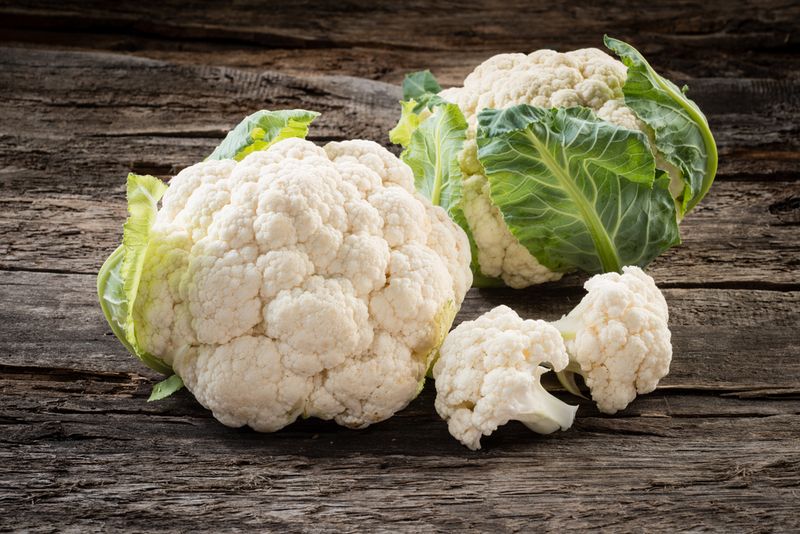
Cauliflower has transformed from boring side dish to culinary superstar! This mild-flavored vegetable contains vitamin C, vitamin K, and cancer-fighting compounds called isothiocyanates. Its neutral taste makes it incredibly versatile in the kitchen.
Pulse raw cauliflower in a food processor to create low-carb rice. Roast florets until golden for a nutty flavor, or steam and blend for creamy soups. You can even mash it as a potato substitute!
Purple, orange, and green cauliflower varieties exist alongside the common white type, each with slightly different nutrient profiles.
10. Mushrooms: The Vitamin D Fungi

Mushrooms are the only plant-based source of vitamin D, especially when exposed to sunlight before cooking! These fascinating fungi also provide B vitamins, selenium, and unique compounds that support immune function.
Their meaty texture makes mushrooms perfect for vegetarian dishes. Sauté button mushrooms with garlic for a simple side, or try exotic varieties like shiitake and oyster for different flavors and textures. They absorb flavors like little sponges!
Some mushroom varieties contain more protein than most vegetables, making them valuable for plant-based diets.
11. Collard Greens: The Southern Nutrition Star
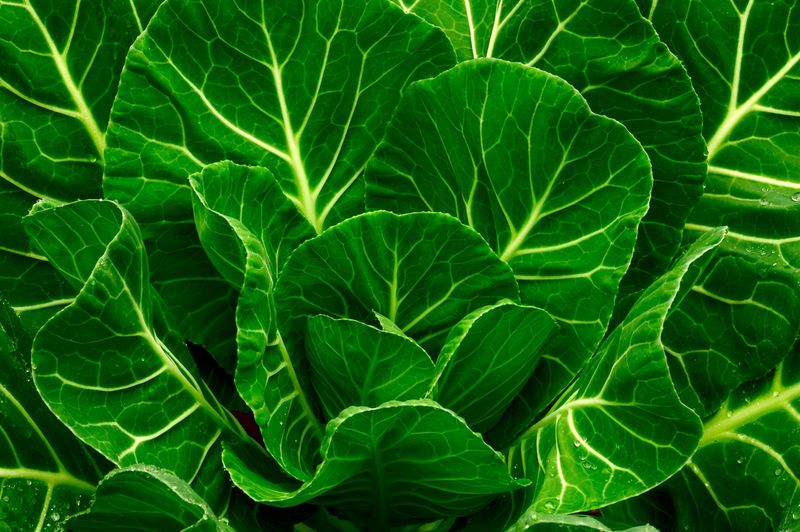
A staple in Southern cooking, collard greens deliver serious nutrition with every bite. These large, leathery leaves contain calcium for strong bones, vitamin K for blood clotting, and fiber for digestive health.
Traditional preparations involve slow-cooking with a bit of smoked meat for flavor. For a quicker, lighter approach, remove the tough center stems and sauté the leaves with garlic and olive oil until tender.
Collard greens become sweeter after exposure to frost, which is why they’re often harvested in late fall or early winter in cooler climates.
12. Bell Peppers: The Vitamin C Champions
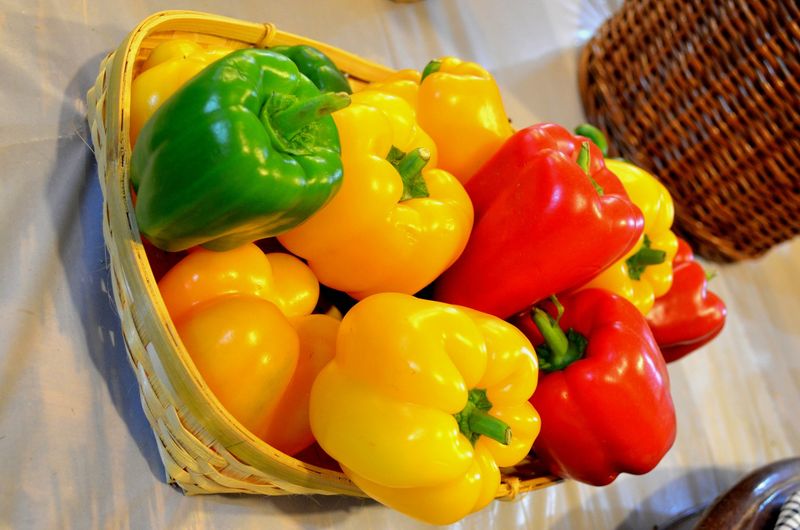
Red bell peppers contain more vitamin C than oranges – about three times as much! These colorful veggies start green and ripen to yellow, orange, or red, becoming sweeter and more nutritious as they change color.
Enjoy them raw in salads and dips for maximum vitamin content. Roasting brings out their natural sweetness and creates a silky texture. Try stuffing whole peppers with seasoned rice and beans for a complete meal.
All bell peppers come from the same plant – they’re just harvested at different stages of ripeness!
13. Microgreens: The Tiny Nutrition Giants
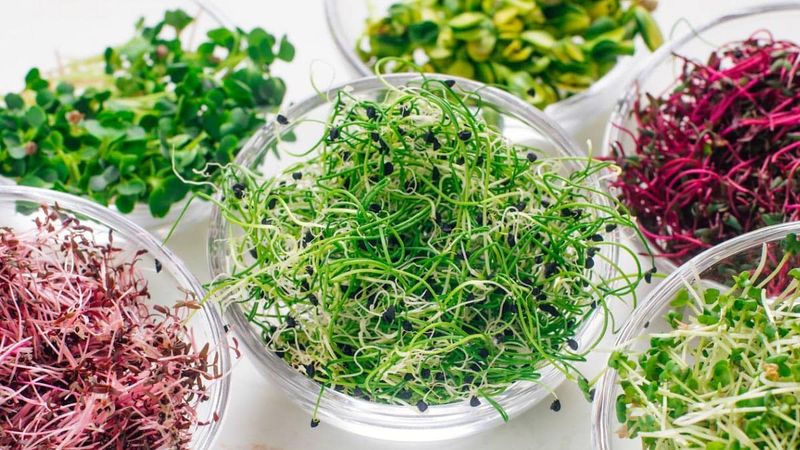
Microgreens might be small, but they contain up to 40 times more nutrients than their fully-grown counterparts! These baby plants are harvested just after the first true leaves develop, concentrating vitamins and minerals into tiny packages.
Sprinkle these delicate greens on sandwiches, salads, soups, or eggs for a nutrition boost and flavor punch. Common varieties include sunflower, radish, broccoli, and pea shoots, each with distinct flavors ranging from spicy to nutty.
Growing your own microgreens at home is easy – they need just water, light, and about a week of patience!
14. Garlic: The Aromatic Immune Booster
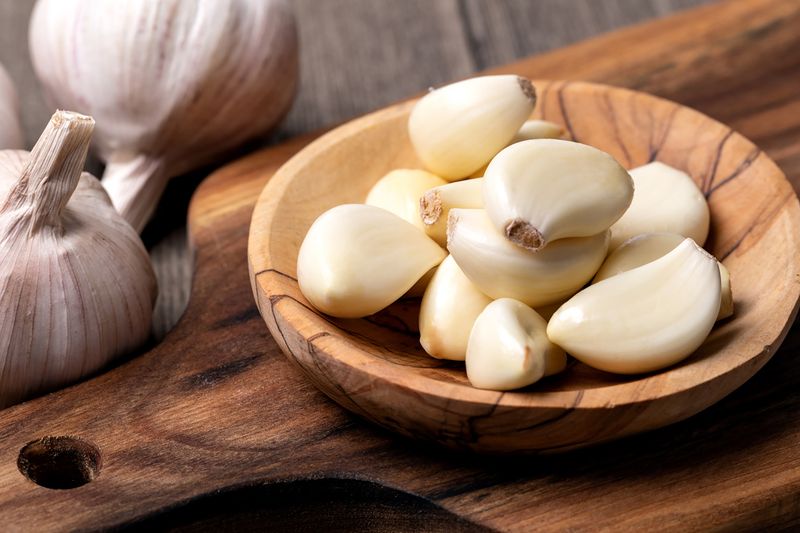
Throughout history, garlic has been valued for both flavor and medicine. This pungent bulb contains allicin, a compound with antibacterial and antiviral properties that may help fight colds and infections.
Crushing or chopping garlic and letting it sit for 10 minutes before cooking activates its beneficial compounds. Add it to almost any savory dish for depth of flavor – just remember that cooking mellows its intensity.
Ancient Egyptian workers building the pyramids were given garlic daily to increase their strength and prevent illness!
15. Asparagus: The Spring Detoxifier
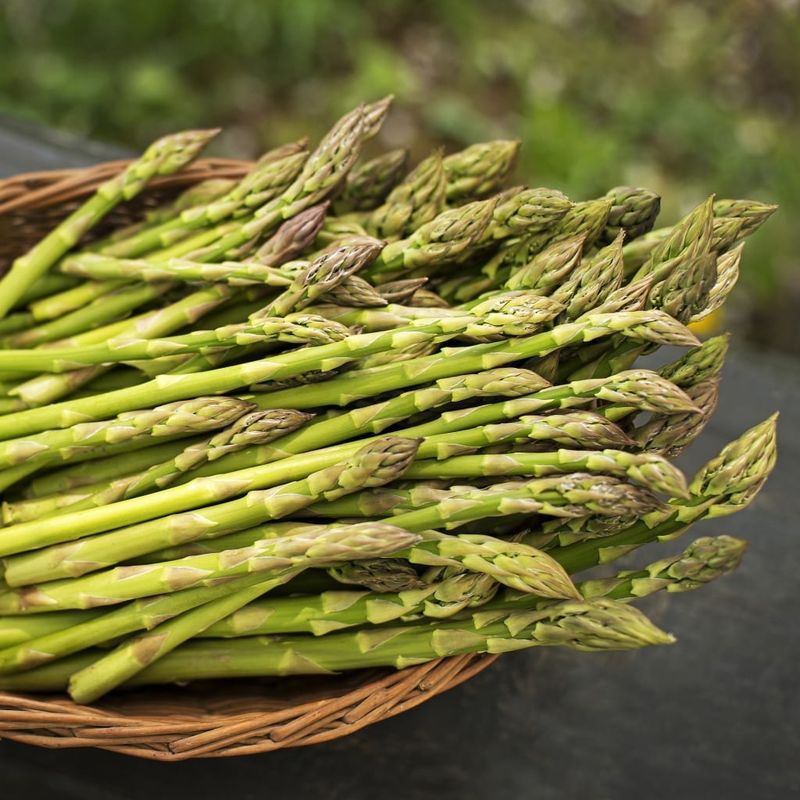
The arrival of fresh asparagus signals spring has truly begun! These elegant green spears are rich in folate (important for cell growth), vitamin K (essential for blood clotting), and natural diuretics that help flush excess water and toxins.
Quick-cooking methods like steaming, grilling, or roasting preserve asparagus’s bright flavor and crisp-tender texture. The thinner the spear, the more tender it will be – no peeling required!
Asparagus can grow up to 10 inches in a single day under perfect conditions, which is why farmers sometimes harvest twice daily during peak season!
16. Green Beans: The Crunchy Fiber Source
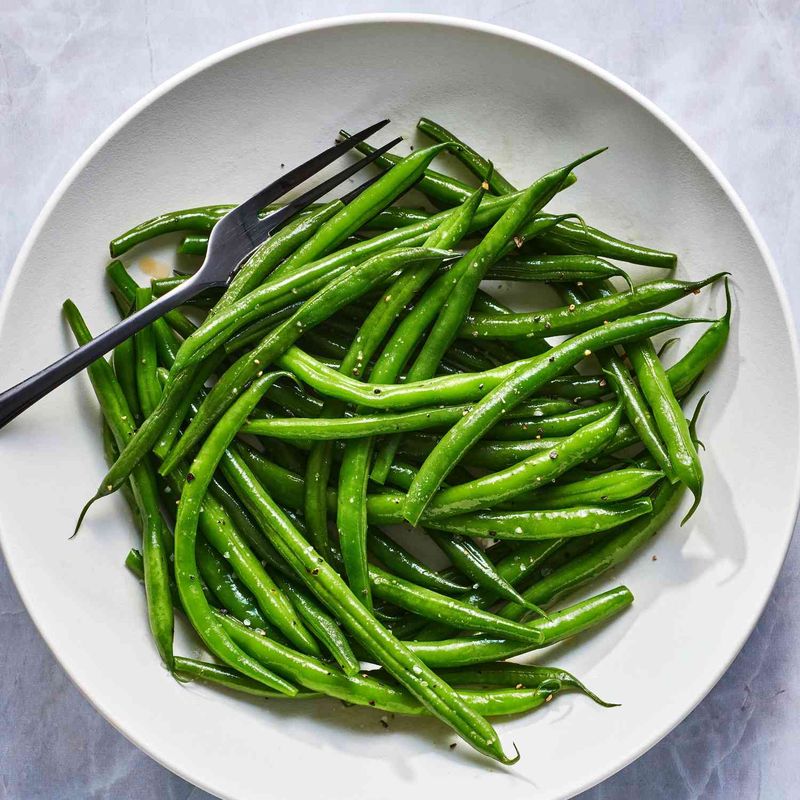
Green beans deliver a satisfying crunch along with vitamin C, vitamin K, and manganese. These slender pods contain both soluble and insoluble fiber, supporting heart and digestive health while keeping you feeling full longer.
Blanch green beans briefly in boiling water then plunge into ice water for perfectly crisp-tender texture. They’re versatile enough to feature in casseroles, stir-fries, salads, or as a simple steamed side dish.
Green beans are actually unripe fruit! We eat them while the beans inside are still developing and the pods are tender.
17. Beets: The Blood-Building Root

Beets’ dramatic ruby color comes from betalains, powerful antioxidants that may help reduce inflammation. These earthy roots contain nitrates that can improve blood flow, potentially lowering blood pressure and enhancing athletic performance.
Both the roots and leaves are edible and nutritious. Roast beets to concentrate their sweetness, or grate them raw into salads for maximum nutrition. Their natural sweetness makes them perfect for adding to smoothies too!
Handling beets will temporarily stain your hands pink – wear gloves or rub hands with lemon juice to remove the color.
18. Onions: The Flavorful Heart Protectors
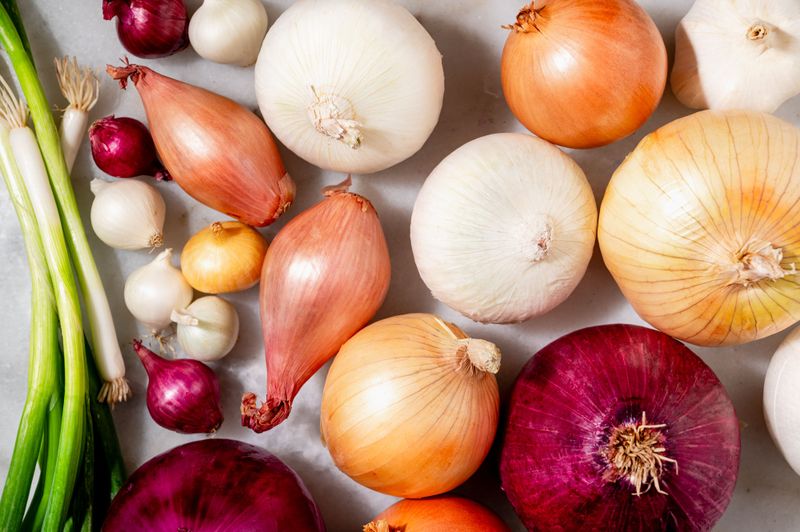
Onions bring tears to your eyes but joy to your heart – literally! These layered bulbs contain quercetin, an antioxidant linked to reduced blood pressure and lower heart disease risk. They also provide prebiotic fiber that feeds your gut’s good bacteria.
Raw onions offer the most health benefits but can be overpowering. Cooking develops their natural sweetness while still retaining many nutrients. Red, yellow, and white varieties each have slightly different flavor profiles and uses.
Ancient Egyptians worshipped onions, believing their circular layers symbolized eternal life!
19. Brussels Sprouts: The Misunderstood Mini Cabbages
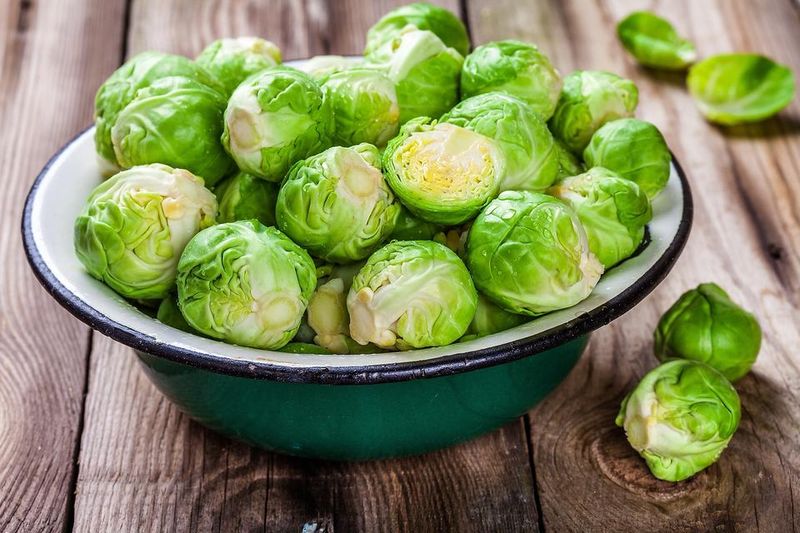
Once the vegetable kids loved to hate, Brussels sprouts have made a culinary comeback! These mini cabbage-like veggies are packed with vitamin K, vitamin C, and cancer-fighting compounds called glucosinolates.
The key to delicious Brussels sprouts is proper cooking. Roasting or sautéing until caramelized brings out their natural sweetness and eliminates the sulfurous smell that results from overcooking. Try them halved and roasted with a drizzle of maple syrup!
Brussels sprouts grow in a fascinating way – they develop as buds along a thick, tall stem!
20. Seaweed: The Ocean’s Green Gift
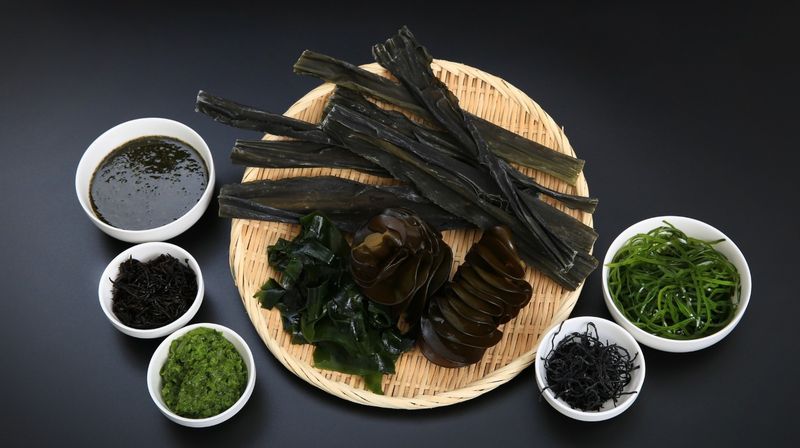
Seaweed might seem strange, but it’s been a dietary staple in coastal cultures for centuries! These sea vegetables contain more minerals than almost any land plant, including iodine (essential for thyroid function), calcium, iron, and magnesium.
Nori sheets wrap sushi, while wakame and kombu add umami flavor to soups. Dulse can be eaten dried as a salty snack. Even a small amount adds significant nutrition to your diet.
Some types of seaweed contain omega-3 fatty acids, making them valuable for plant-based diets that might otherwise lack these important fats.
21. Carrots: The Vision-Supporting Classic
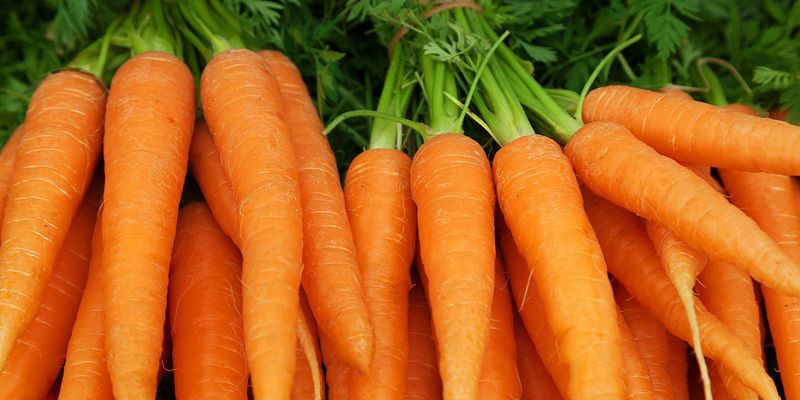
Your parents weren’t wrong about carrots being good for your eyes! These crunchy orange roots are loaded with beta-carotene, which your body converts to vitamin A – essential for night vision and eye health.
Enjoy carrots raw for maximum crunch and nutrition. Cooking makes the beta-carotene more available to your body, so both methods have benefits. Baby carrots aren’t actually baby carrots – they’re just full-sized carrots cut and shaped into smaller pieces!
Purple, white, yellow, and red carrots exist alongside the familiar orange variety, each with slightly different nutrient profiles.
22. Bok Choy: The Calcium-Rich Asian Green
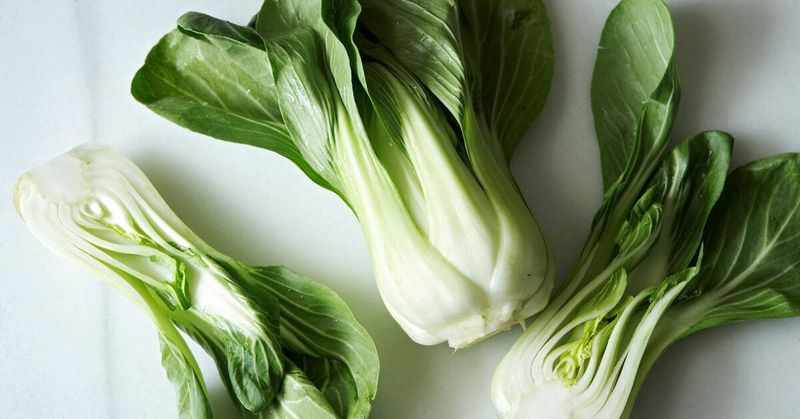
Bok choy delivers calcium without the dairy! This Chinese cabbage provides more calcium per calorie than milk, making it excellent for bone health. Its mild flavor and crisp texture work in both raw and cooked dishes.
The white stalks stay crunchy while the dark green leaves cook quickly. Add bok choy to stir-fries during the last few minutes of cooking, or slice it thinly for salads. Baby bok choy can be halved and steamed or grilled whole.
This versatile vegetable has been cultivated in China for over 5,000 years and is considered both food and medicine in traditional Chinese culture.
23. Artichokes: The Fiber-Filled Flower Buds
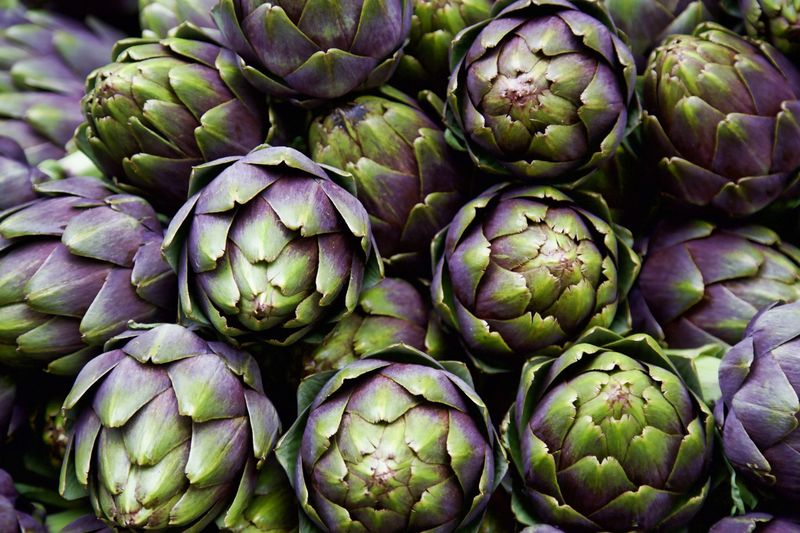
Artichokes are actually immature flower buds that we eat before they bloom! These unusual vegetables contain more fiber per serving than most other vegetables, supporting digestive health and helping you feel satisfied longer.
The heart is the prize at the center, but the tender parts of the leaves can be eaten too. Steam whole artichokes and pull off the leaves one by one, dipping in melted butter or aioli and scraping the soft part with your teeth.
Artichokes contain cynarin, a compound that makes everything taste sweeter after you eat them!
24. Turnip Greens: The Calcium-Loaded Leafy Tops
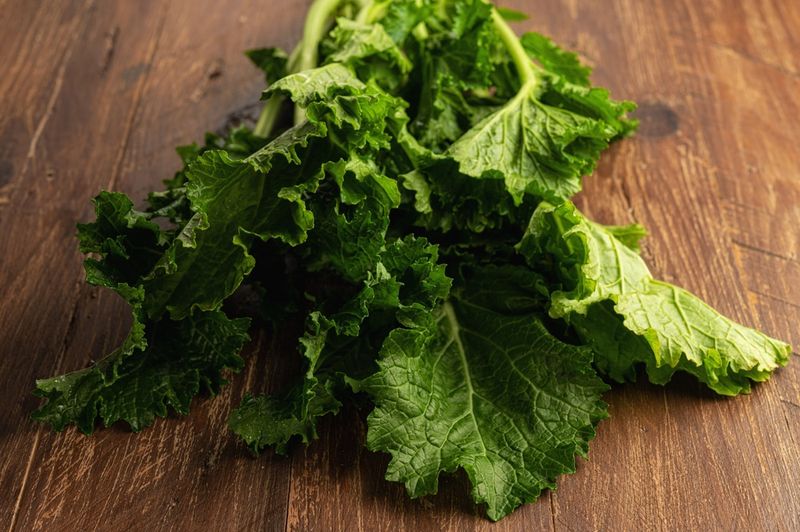
Many people discard turnip greens, but these leafy tops contain more nutrition than the roots below! They’re particularly rich in calcium, providing about four times more than the turnip itself. They also offer vitamins A, C, and K.
Young turnip greens can be eaten raw in salads, while mature leaves benefit from quick cooking. Sauté with garlic and a splash of vinegar to balance their slightly bitter flavor. The stems are edible too – just chop them finely and start cooking them before the leaves.
Turnip greens have been a staple in Southern cooking for generations, often slow-cooked with a bit of smoky ham.
25. Pumpkin: The Autumn Immunity Booster
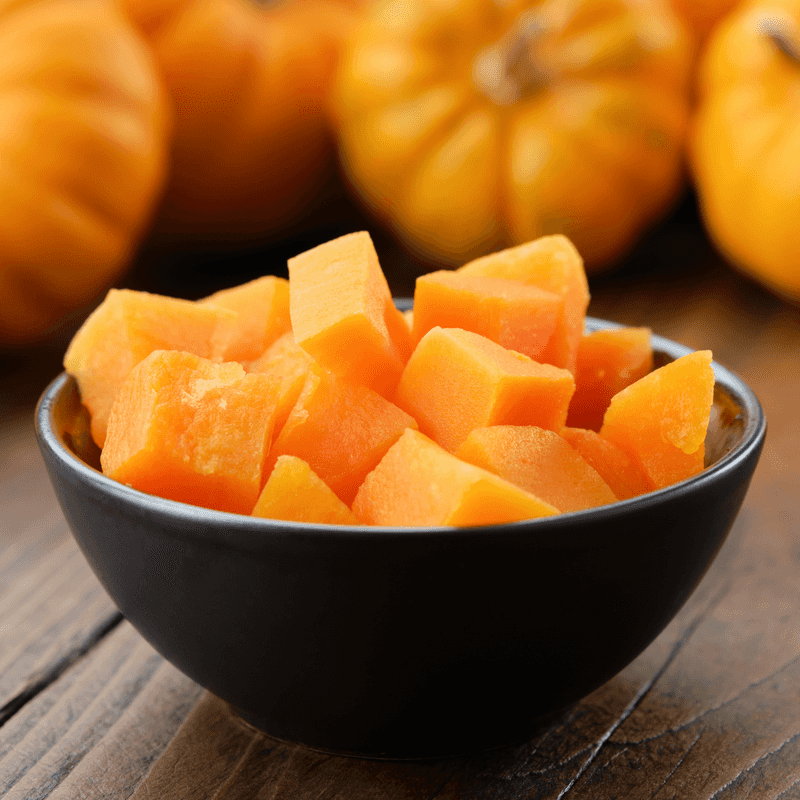
Pumpkin isn’t just for pies and Halloween decorations! This vibrant orange squash provides beta-carotene, potassium, and vitamin C. The bright color signals its high antioxidant content, which helps fight inflammation and support immune function.
Roast pumpkin cubes for a sweet side dish, or puree for soups and baked goods. Don’t forget the seeds! Roasted pumpkin seeds provide zinc, magnesium, and healthy fats that support brain health.
Small sugar pumpkins (sometimes called pie pumpkins) have sweeter, more flavorful flesh than the large jack-o’-lantern varieties.
Leave a comment